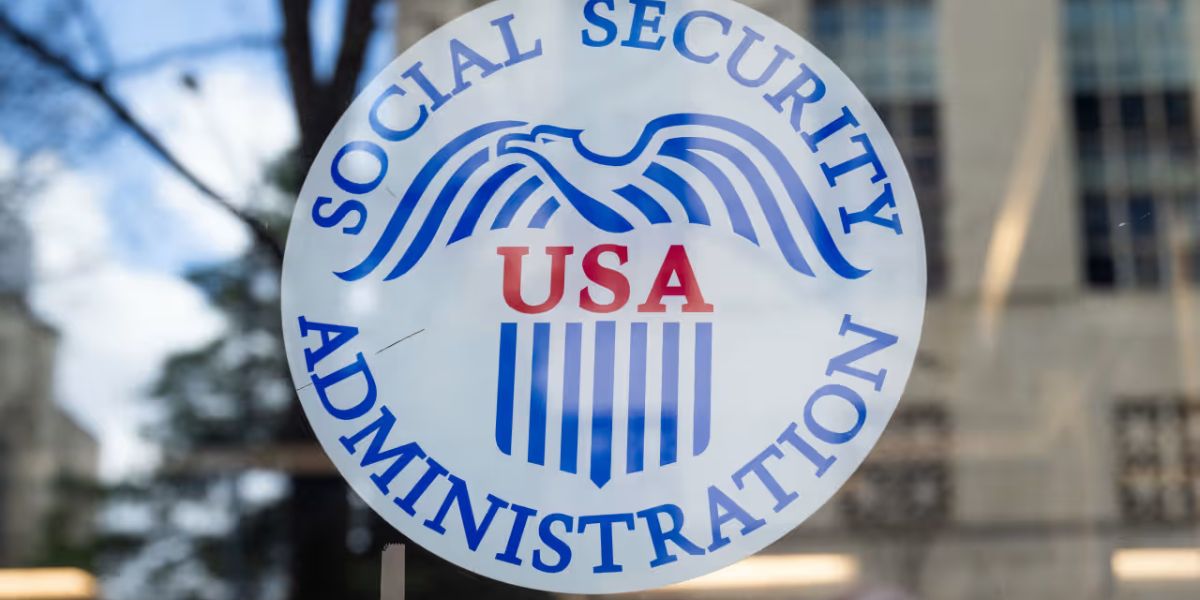Retirement brings plenty of financial decisions, and one of the trickiest is managing required minimum distributions, or RMDs.
If you have retirement accounts like IRAs or 401(k)s, you’re likely familiar with RMDs as mandatory withdrawals you must take once you reach a certain age.
But understanding the rules, deadlines, and tax implications can be confusing—and missing a deadline or miscalculating your withdrawal can cost you dearly in penalties.
If you’re feeling overwhelmed, you’re not alone. Many retirees struggle with RMDs, and it’s perfectly normal to find the rules complicated.
The good news is that by getting a handle on the basics and planning ahead, you can reduce your tax hit and avoid costly mistakes.
Keep reading for a straightforward overview of RMDs and tips to help you manage them wisely.
What Are Required Minimum Distributions (RMDs)?
RMDs are the minimum amounts you must withdraw from certain retirement accounts each year after reaching a certain age.
The government requires these withdrawals to ensure that the money you’ve saved for retirement eventually gets taxed. The exact amount depends on your account balance and your life expectancy as calculated by IRS tables.
The key deadline to remember: your first RMD is due by April 1 of the year after you turn 73 (if you reached age 72 after Dec. 31, 2022).
After that, you must take subsequent RMDs by December 31 each year. Miss a deadline or withdraw too little, and you could face penalties.
How Are RMDs Calculated?
To figure out your RMD for the year, you divide the balance of your retirement accounts at the end of the previous year by a number from the IRS life expectancy tables.
These tables adjust based on your age, with older retirees generally having shorter distribution periods, which means larger required withdrawals.
For example, if your IRA was worth $500,000 on December 31, 2024, and your IRS distribution period at age 73 is 27.4 years, your 2025 RMD would be about $18,248 ($500,000 ÷ 27.4)
Keep in mind that if you have multiple retirement accounts, you must calculate an RMD for each but may be able to withdraw the total amount from one or more accounts, depending on the plan rules.
How Are RMDs Taxed?
RMDs count as ordinary income and are subject to federal income tax. That can bump you into a higher tax bracket, especially if you take your first two RMDs in one calendar year, which sometimes happens if you delay your first withdrawal until April 1.
Higher taxable income could also increase taxes on your Social Security benefits or raise your Medicare Part B and D premiums.
That’s why it pays to plan your withdrawals carefully. Strategies like spreading out withdrawals or converting some funds to Roth accounts (which don’t have RMDs) can help manage your tax burden over time.
What Happens If You Miss Your RMD?
Failing to take your RMD on time or withdrawing less than the required amount can trigger a hefty penalty. Previously, the IRS charged a 50% excise tax on the shortfall, but the SECURE 2.0 Act reduced that to 25%, and if you fix the mistake quickly, it can drop to 10%.
Read Also: Military Families: These 10 Benefits Could Save You Money and Stress
For instance, if your RMD was $20,000 and you only withdrew $10,000, you could owe a 25% penalty on the $10,000 shortfall — that’s $2,500 in penalties. Catching and correcting the mistake fast can save you money and stress.
Reporting RMDs on Your Tax Return
Your retirement plan provider will send you a Form 1099-R each year showing how much you withdrew, including RMDs. This info goes on your tax return and helps the IRS verify your distributions.
Since RMD rules can be complex and penalties steep, it’s wise to work with a trusted financial advisor or tax professional who can help you navigate the process and optimize your tax strategy.
Read Also: How to Enjoy Luxury Travel Without Breaking the Bank: 8 Proven Tips
RMD Strategies to Minimize Taxes
Several strategies can help reduce the tax bite from RMDs:
- Qualified Charitable Distributions (QCDs): If you’re 70½ or older, you can donate up to \$100,000 directly from your IRA to charity, satisfying your RMD without paying taxes on that amount.
- Roth Conversions: Converting some traditional retirement funds to a Roth IRA before RMD age can reduce future taxable RMD amounts.
- Timing Withdrawals: Planning distributions across years to avoid jumping into a higher tax bracket.
However, avoid common mistakes like miscalculating your RMD or missing deadlines, which can lead to penalties and bigger tax bills.
Bottom Line: Take Small Steps to Stay on Track
RMDs don’t have to be overwhelming. Understanding the rules, deadlines, and tax impact will empower you to manage your retirement savings better and keep more of your money where it belongs—with you.
If you’re unsure about your RMD amounts or how to plan withdrawals strategically, don’t hesitate to reach out to a financial or tax advisor. Remember, it’s not about perfection, but progress—each step you take helps secure your financial future.
This article was written by Loretta James. AI tools were used lightly for grammar and formatting, but the ideas, words, and edits are all mine.



